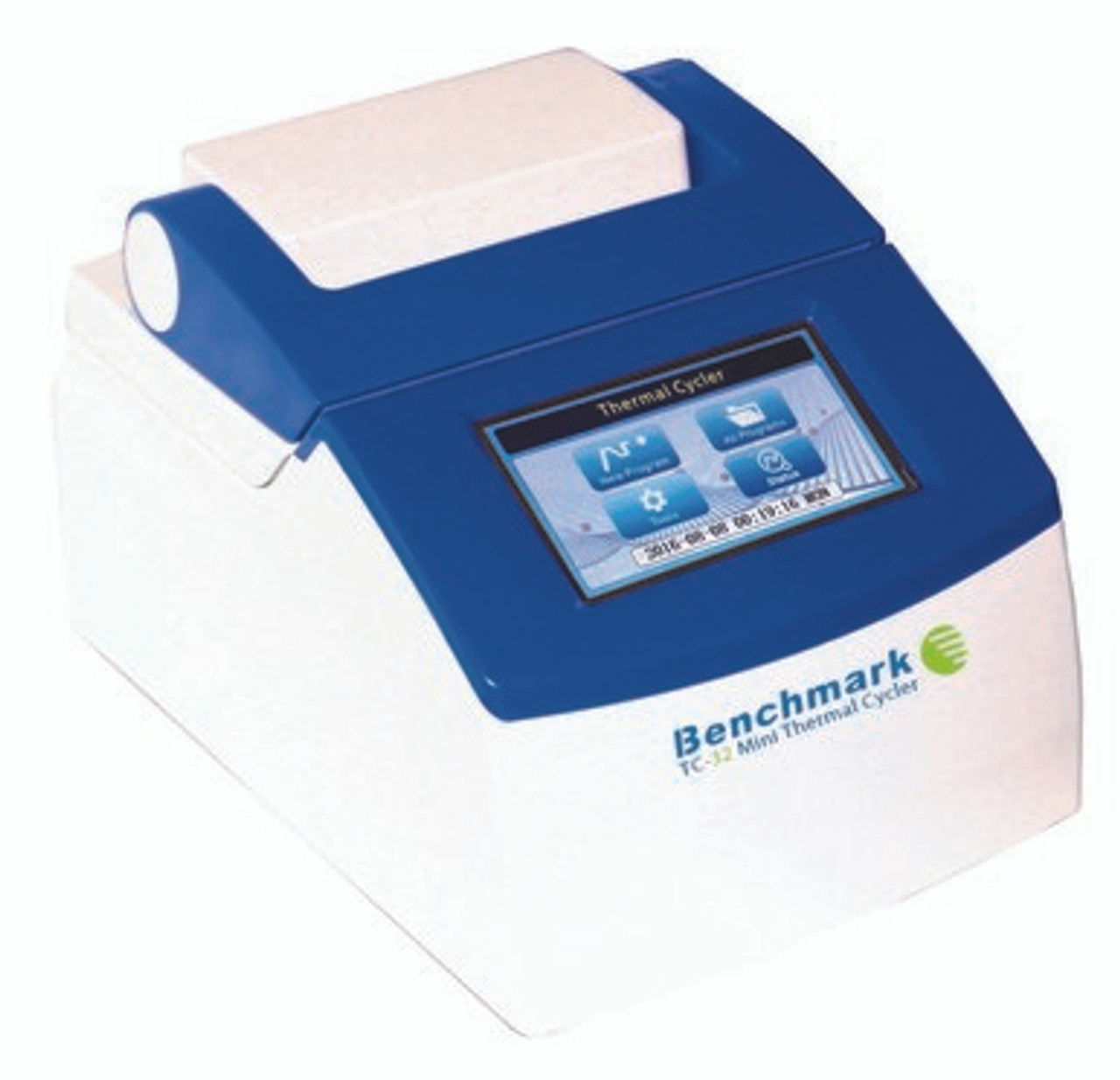What is a thermal cycler?
A thermal cycler, or thermocycler, is a staple piece of lab equipment used to produce more copies of DNA molecules through a process called polymerase chain reaction (PCR). Amplifying, or copying, DNA occurs over a set of three steps that occur at different temperatures. During a PCR reaction, the thermal cycler rapidly switches between temperatures to allow the subsequent step to proceed.
Each time the thermal cycler repeats this series of steps, the number of DNA molecules in the reaction roughly doubles.
How do I decide which thermal cycler is best for me?
Since thermal cyclers are the work-horse of most molecular biology labs, it is important to choose a PCR machine with the capabilities that fit your needs. Here are some important features to consider when selecting a thermal cycler.
1. Sample throughput and PCR machine capacity
- Like most lab equipment, thermal cyclers come in a variety of sizes and sample capacities. Small, “personal” PCR machines are ideally suited for labs with small cloning projects or sample numbers. These thermal cyclers require less space and often have faster run times than larger machines, since their small size permits rapid temperature changes.
- However, labs that perform genotyping, library construction, or other high-throughput PCR experiments should consider a thermal cycler with 96- or 384-well capabilities. Some models support networking, so that multiple thermal cyclers can be controlled from a single machine or computer. Because thermal cyclers can be used for any protocol that requires temperature control, keep in mind potential uses beyond PCR.
- When considering throughput, pay attention to the heat block, which dictates both sample number and volume. Some PCR machines have heat blocks that hold only a single tube type, while others provide more flexibility by including multiple heat blocks or adapters that accommodate a variety of tube formats. Certain heat blocks may require specific types of plasticware, such as individual vs strip PCR tubes or high- vs low-profile PCR plates.
2. Heated lid
- Because PCR reactions involve multiple cycles of rapid temperature changes and small sample sizes, evaporation and condensation can occur and impair your results. Avoid these issues by selecting a machine with a specially-sealed heated lid that can be tightened against the tubes inside.
3. Ramp rate
- The speed at which thermal cyclers change their temperature between steps is called the ramp rate. Faster ramp rates can improve reaction quality and reduce experiment time. Look for machines that can ramp on the order of 5-6 degrees per second.
4. Temperature gradients
- The optimal temperatures for PCR vary for each reaction depending on several factors, including the size and sequence of the DNA molecule being amplified. Some thermal cyclers feature temperature gradients, which create different temperature conditions for different samples in the same heat block, a convenient choice for testing reaction conditions or running multiple experiments simultaneously. Available options range from a single gradient across the entire heat block to complex user-defined temperature patterns.
5. Specialized applications
- Quantitative real-time PCR (qPCR), which tracks the number of molecules being produced as the reaction progresses by incorporating dyes into the amplified DNA, is becoming increasingly common. Although some traditional thermal cyclers can be upgraded to handle real-time applications, qPCR often requires a specialized thermal cycler.
Stellar Scientific is your source for thermal cycling devices for routine lab research. Discover our selection today


